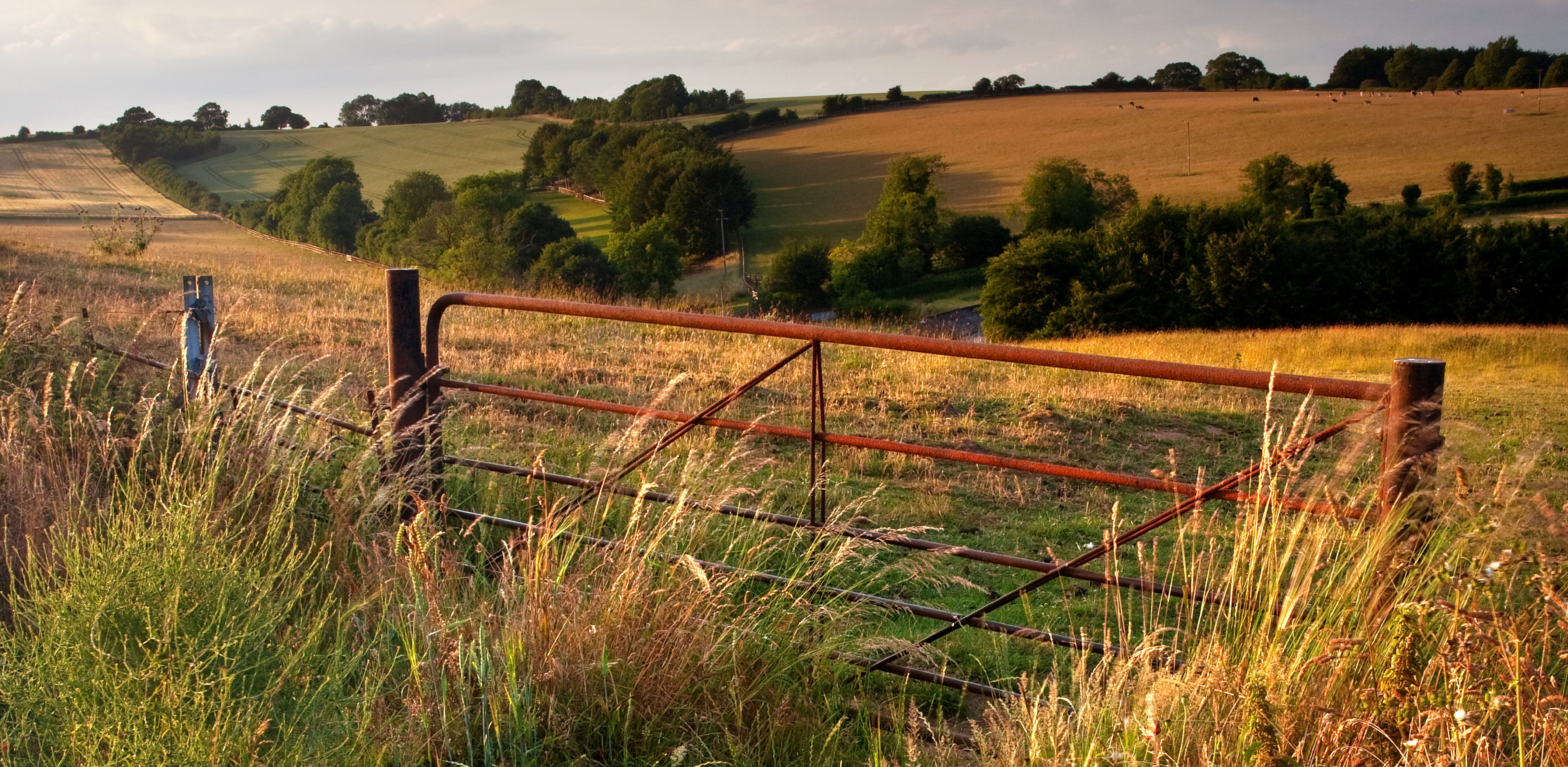Kent Assesses 20% Biodiversity Net Gain Requirement
Kent Nature Partnership (KNP), working with local planning authorities (LPAs), is trying to progress the adoption of a 20% target for Biodiversity Net Gain (BNG). To assist this, they have undertaken a strategic level viability assessment for 15% and 20% requirements.
The Environment Act 2021 introduced a mandatory approach to BNG that will apply from late 2023. Developments will be required to leave biodiversity in a better state than before. The KNP is proposing a county-wide approach to BNG to be adopted by all of Kent’s planning authorities, which will deliver positive outcomes for both nature and communities, as well as providing consistency for developers.
In response to the KNP’s promotion of a 20% BNG target for the county, Kent County Council (with funding support from Natural England) commissioned the strategic viability assessment of BNG in Kent. The purpose is to assist the county’s planning authorities to understand whether targeting a higher BNG than the statutory minimum of 10% is potentially viable in the county.
In summary, the assessment concluded that:
- A shift from 10% to 15% or 20% BNG will not materially affect viability in the majority of instances when delivered onsite or offsite.
- The biggest cost in most cases is to get to mandatory, minimum 10% BNG. The increase to 15% or 20% BNG in most cases costs much less and is generally negligible.
- Because the BNG costs are low when compared to other policy costs, in no cases are they likely to be what renders development unviable.
- Local Authorities that wish to pursue BNG in excess of 10% will need a local viability assessment to support it. However, this study shows an assessment is likely to demonstrate viability will not be negatively impacted (to a material extent) for BNG increases of up to 20%. Because costs are small BNG is unlikely to impact the viability threshold significantly.
- If onsite provision is how the majority of BNG is delivered, this could have implications on land take as a result of lowering of average housing densities. However, as the majority of this burden relates to the mandatory 10% BNG, and the increase to get to 15% and 20% BNG are comparably small, this should not be seen as a reason for not going beyond the 10% but is a consideration for LPAs.
The report is available at https://kentnature.org.uk/nature-recovery/biodiversity-net-gain/.
